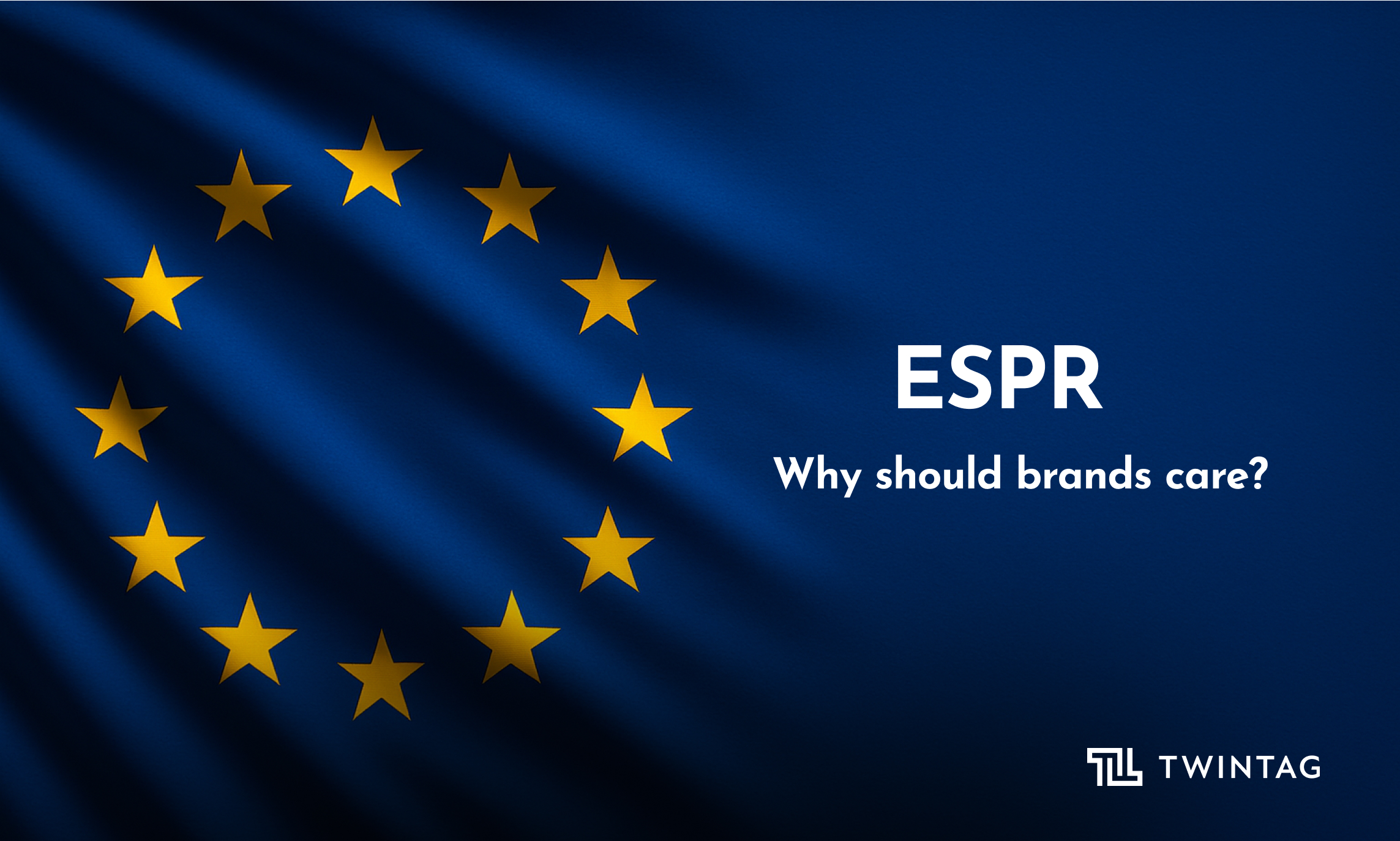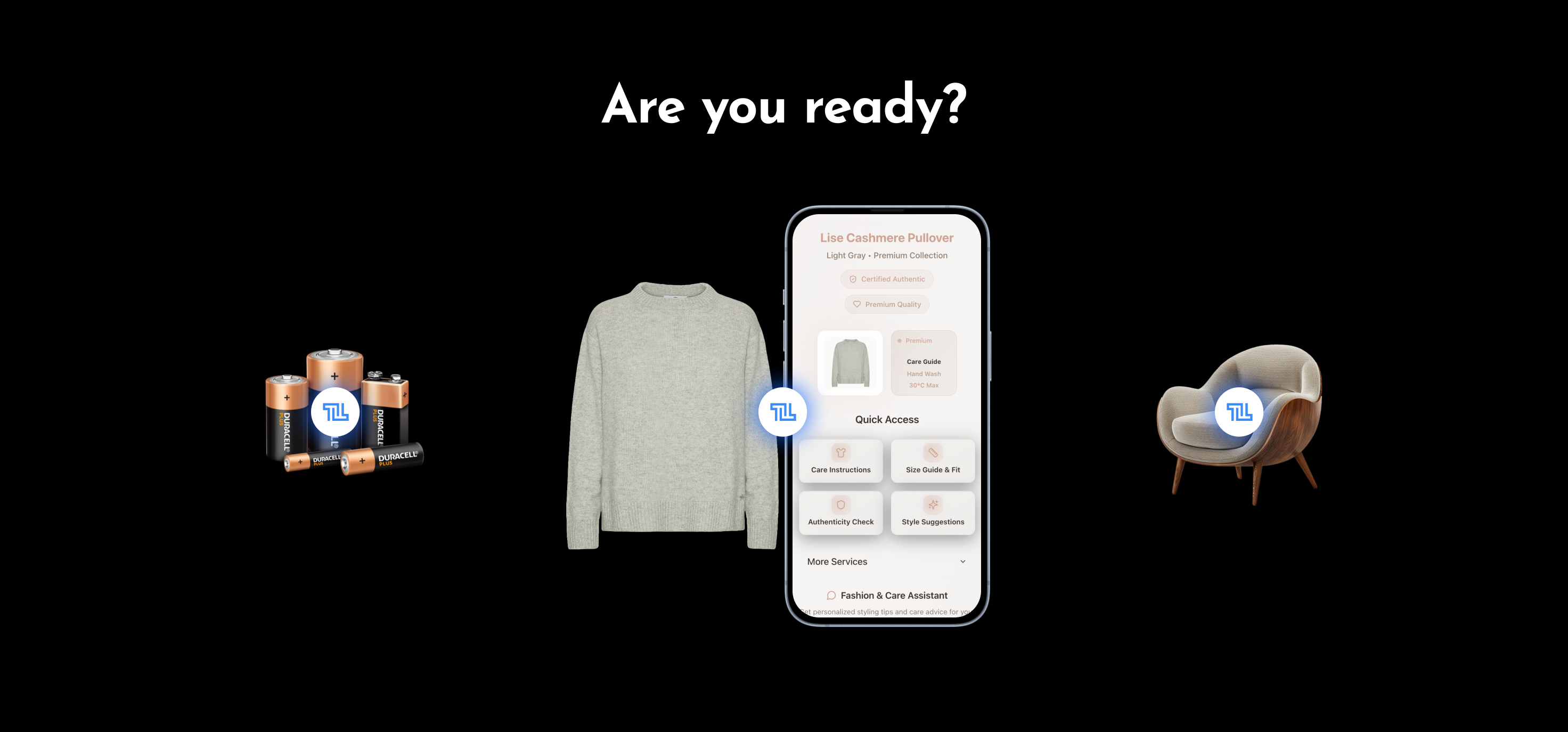Five circular economy business models
Imagine a world where waste is turned into wealth. Welcome to the circular economy!
.png)
TLDR
The circular economy is transforming how businesses operate by focusing on sustainability through reuse, recycling, and resource efficiency. This approach offers environmental benefits such as reduced emissions and lower resource consumption while also driving economic growth via innovative business models like Circular Supplies, Product-as-a-Service, Product Lifecycle Extension, Sharing Platforms, and Resource Recovery. Digital technologies, including digital IDs and digital twins, play a key role in enhancing transparency and resource management. By adopting circular economy principles, businesses can minimize their environmental impact, unlock new economic opportunities, and build long-term resilience in an evolving market.
With Europe's ambitious goal to be the first climate-neutral continent by 2050, businesses are increasingly adopting this approach for its environmental and economic benefits.
What's the circular economy?
The circular economy rethinks the traditional "take-make-waste" cycle. Instead, it emphasizes sharing, leasing, reusing, repairing, refurbishing, and recycling. By extending product lifecycles, this model significantly reduces waste and creates new value from used materials. This stands in stark contrast to the linear economy, where products are often designed with a short lifespan to encourage frequent replacements.
Why it matters
- Environmental protection: by using fewer natural resources and minimizing habitat disruption, we can significantly reduce biodiversity loss and lower greenhouse gas emissions.
- Resource efficiency: better product design leads to lower energy and resource consumption, reducing excessive packaging and promoting reuse.
- Economic independence: recycling helps mitigate risks associated with raw material supply, such as price volatility and import dependence.
- Job creation: the EU projects that the circular economy could create 700,000 new jobs by 2030, driving innovation across various sectors.
- Consumer benefits: more durable and innovative products mean improved quality of life and long-term savings for consumers.
Key business models in the circular economy
- Circular supplies: think of it as alchemy for the modern age – turning waste into valuable resources. Companies that adopt circular supplies can expect lower input costs since they utilize excess and recycled materials. For instance, a mattress with a tag indicating its exact composition can become a raw material for a new mattress, drastically reducing the use of materials.
- Product-as-a-Service: why buy when you can subscribe? This model is turning ownership on its head, with customers purchasing services rather than products. It's a win-win – customers get what they need without the long-term commitment, while companies are incentivized to keep their products in top shape.
- Product lifecycle extension: built to last, not to break. This model is all about designing products that can be easily repaired, upgraded, and reused. It's a shift from selling as many new products as possible to creating continuous income streams throughout a product's extended life.
- Sharing platforms: sharing is caring – and it's also smart business. From industrial machinery to consumer goods, these platforms are maximizing the use of idle assets, providing affordable access to products and services across communities.
- Resource recovery: one company's waste is another's raw material. This model focuses on extracting valuable resources from end-of-life products, ensuring that materials are recovered at the highest possible quality.
The role of digital technology
Digital technologies are the unsung heroes of the circular economy, with digital IDs and digital twins leading the charge. These tools are like digital passports for products, seamlessly linking data throughout their lifecycle. They're revolutionizing how we track materials, enhance supply chain transparency, and support innovative business models.
Imagine a world where every product tells its own story – where it came from, how it's been used, and where it should go next. That's the power of digital in the circular economy.
Adopting the circular economy isn't just about protecting the environment, it's about seizing economic opportunities and building resilient businesses for the future. As we navigate the intersection of environmental challenges and technological advancements, the circular economy offers a clear and compelling path forward. Embracing these principles helps companies reduce their environmental footprint, innovate, and stay competitive in a rapidly changing market. Are you ready to be part of this sustainable revolution?


-min.png)



